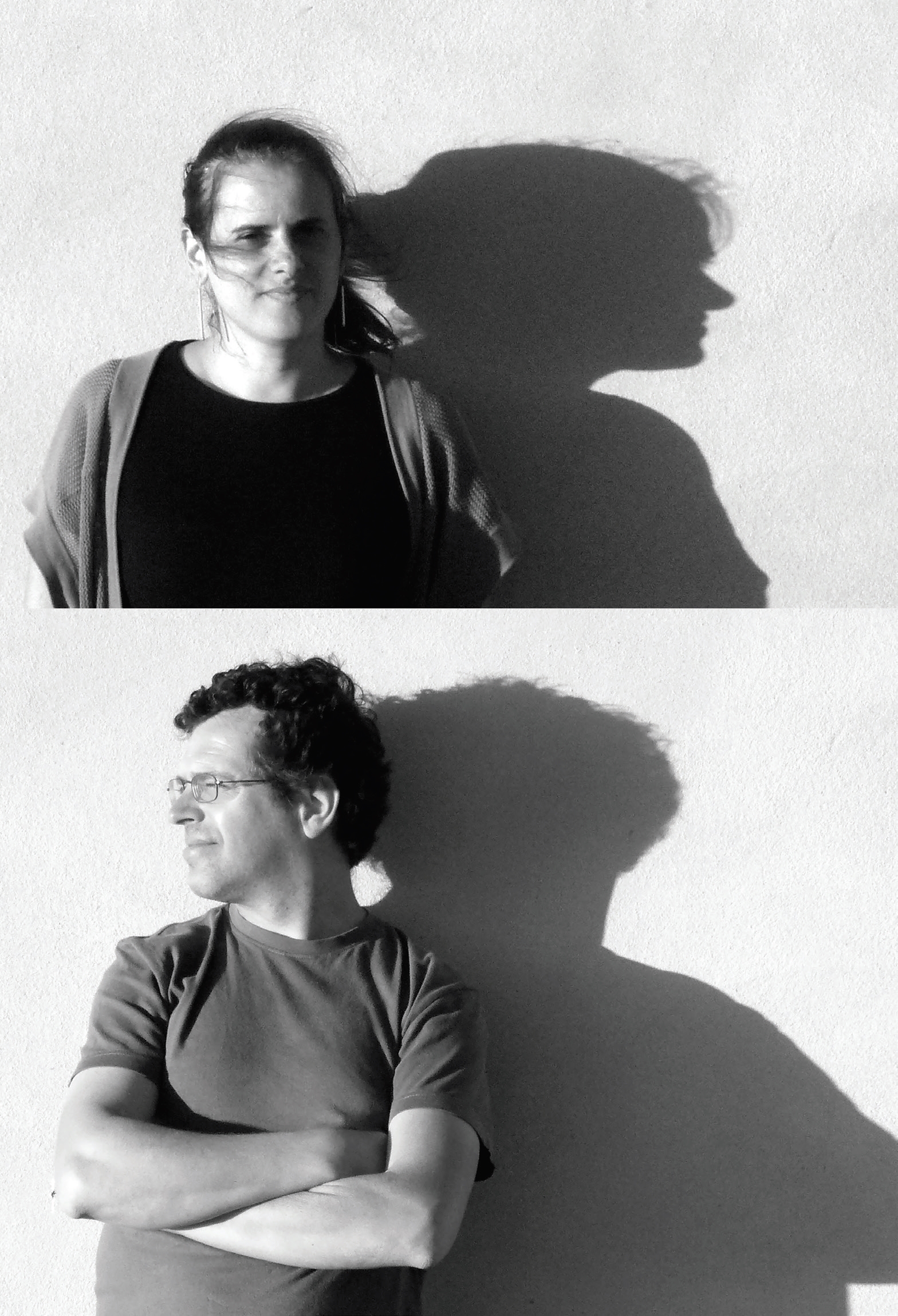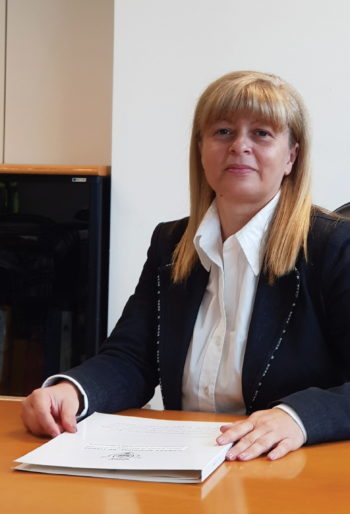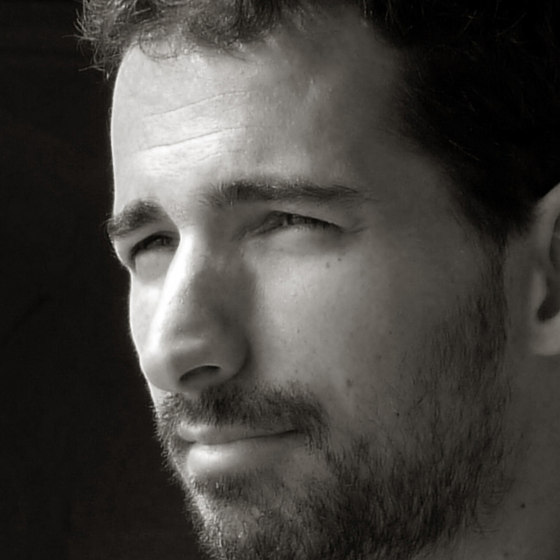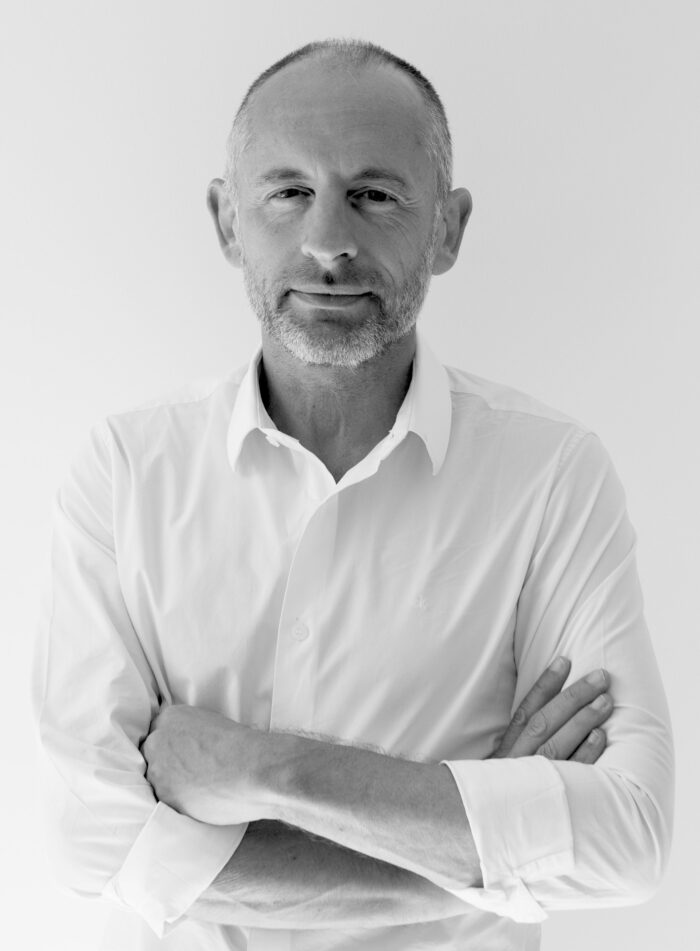A conversation with Aboim Inglez Architects

A conversation with Aboim Inglez Architects
'We were asked to recover a house with unfinished walls and part of the roof built with metal sheets, with a limited budget. The client did not have the prejudice of thinking "I am not going to call an architect here". She felt that she had that right '
How did this partnership start?
Arch. Maria Ana (MA) – It started about ten years ago, just before we got married. We worked in other studios and tried to work together at night. I collaborated eight years with the architect Falcão de Campos, who had several projects with eng. Miguel Villar. That’s where I know BETAR from, because it was, and still is, a very present team in the studio.
Arch. Ricardo (R) – I’m still connected to José Adrião Arquitetos. I knew BETAR only by name, because the group of people with which I usually am worked, and still works with them, like José Barra, Maximina and Telmo …
MA – The studio started growing strong with the Monte da Azarujinha project, in 2016. We started to dedicate more time to our projects. When the remodeling of an apartment in Lisbon appeared, which had a very complex structural component, two years ago, we decided to call BETAR and it worked very well.
R – It was such a delicate intervention that we felt the need to be supported by the other teams from the beginning, to validate if it was structurally possible. It was a duplex on the top floor of a building. Customers bought one of the two apartments, with access to the roof: we were working on half of the roof and the construction seemed very fragile, but when we went there with Miguel Villar, he calmed us down. The work started two months ago and we are very excited.
What other projects best exemplify your work?
MA – Monte da Azarujinha is a hill in Alentejo with an agricultural support construction dating from 1901. It had very interesting elements: a traditional ground fire, an oven, an area with ceramic kneaders… The owners, a couple of 70 years olds, wanted a house of vacation for their daughter and grandchildren. Due to the short budget and the difficulty in making it a self-sustainable investment, we suggested creating rural tourism and they did so. We’ve remodeled the original building and made a new volume for the rooms, with an open porch for the space immensity.
R – The most recent and most peculiar project is a house in a small village, close to Leiria. The client contacted us to build a house in a cellar and we made an appointment. In the meantime, she sent us photographs that revealed a completely uncharacteristic construction, with some unfinished walls and part of the roof built with metal sheets. It was the house where her mother lives, which she wanted to recover, and the budget was very limited, as we found shortly after. We were scared.
MA – Before our visit, she sent us references from architects she liked. There was something interesting there. The place was very strange but the references were very pertinent. We were curious. We got there, met the client and her mother: we were delighted. Among that apparent chaos, there were very well-kept flowers.
R – The client told us that we could work with the existing house or take everything down. The mother said that, in her opinion, they should only paint the walls. We realized that the lady liked to be there, taking care of the flowers, and told us that she likes to read at night. The daughter also told us that she did some repair works with her cousin and that she said “don’t bother using plasterboard, I like the stone walls”. And we couldn’t resist all this input. It is a huge challenge because it starts with an apparent disqualification, which will help us get to the essentials. The project effort for such a limited budget is very large because, as we are working at the limit, we have to dedicate more hours to it. We thought of a constructive model with reinforced concrete columns and hollow-tile slabs, a modular structure with a minimum of constructive requirement, and buildable with local labor.
Why haven’t the client spared the architect (thankfully!)?
R – I think she realizes that qualification is needed and above all she didn’t have the prejudice of thinking “I am not going to call an architect to come here”. She rightfully felt that she had that right. She knows the importance of the architect and is very genuine. And she had a desire to seek comfort for her mother.
MA – After meeting the people and understanding the context, we didn’t hesitate. 15 minutes of conversation and we just wanted to say “yes, we want to do this project”. We wanted to bring architecture to that place and to that family. It was actually a matter of empathy. Sometimes it is the place that seduces us, other times it’s people. Meanwhile, mother and daughter were here for us to unveil the project.
R – We were apprehensive about their reaction since the miniature model seems to be quite radical. It is a house without interior walls, all walls are exterior because they always open to a patio, in order to have a strong relationship with the exterior. It is a flexible space, with curtains in places of privacy, which does not dictate the way of use and enhances the relationship with the earth and the flowers, because we make the garden enter the home.
MA – The client’s reaction was surprising: “it looks simple but it is quite complex, I like it so much!”
This interview is an integral part of Revista Artes & Letras # 105, February 2019
Partially automatic translation from portuguese: some expressions may differ from their actual meaning.
News & Interviews
A conversation with Eng. Elisabete Portalegre
'I would like our work, which does not belong to us, to be congratulated, served, endured and continued to contribute to a real imaginary, committed to the definitive construction of an ever better city' Read more
A conversation with Arch. Miguel Marcelino
'The invisible beauty of things has to do with perception, details ... which, due to their characteristics, add an invisible beauty that I find interesting to decode' Read more
A conversation with Arch. Pedro Domingos
'Historically, Portuguese architecture has always been in a condition of scarcity. We learn to do well with little. In this moment of crisis, we know how to reposition ourselves. I like this dimension. ’ Read more




